This website uses cookies so that we can provide you with the best user experience possible. Cookie information is stored in your browser and performs functions such as recognising you when you return to our website and helping our team to understand which sections of the website you find most interesting and useful.
Solonka Territorial Community

The Solonka Territorial Community is located on the territory of Lviv District, Lviv Region
The total area of the territory: 174.3 km2
Population: 18,028 people
Men: 11,155
Women: 6,873
Children: 3,887
People of retirement age: 4,468
Internally displaced persons: 637
History
The Solonka Territorial Community was created in 2017.
The roots of Solonka village go back to at least the 12th century. The first mention dates back to 1433. In 1832, 770 people lived in Solonka. Today, Solonka is actively growing and new residential buildings are appearing here. It is no exaggeration to say that the village has grown several times.
There are many cultural attractions on the territory of the community, including: the Miraculous Spring, the Church of St. Valentine, the Museum of Dead Planes, the Banana Farm, the Horbohory Agrotourism Cluster, numerous historical churches and museums.
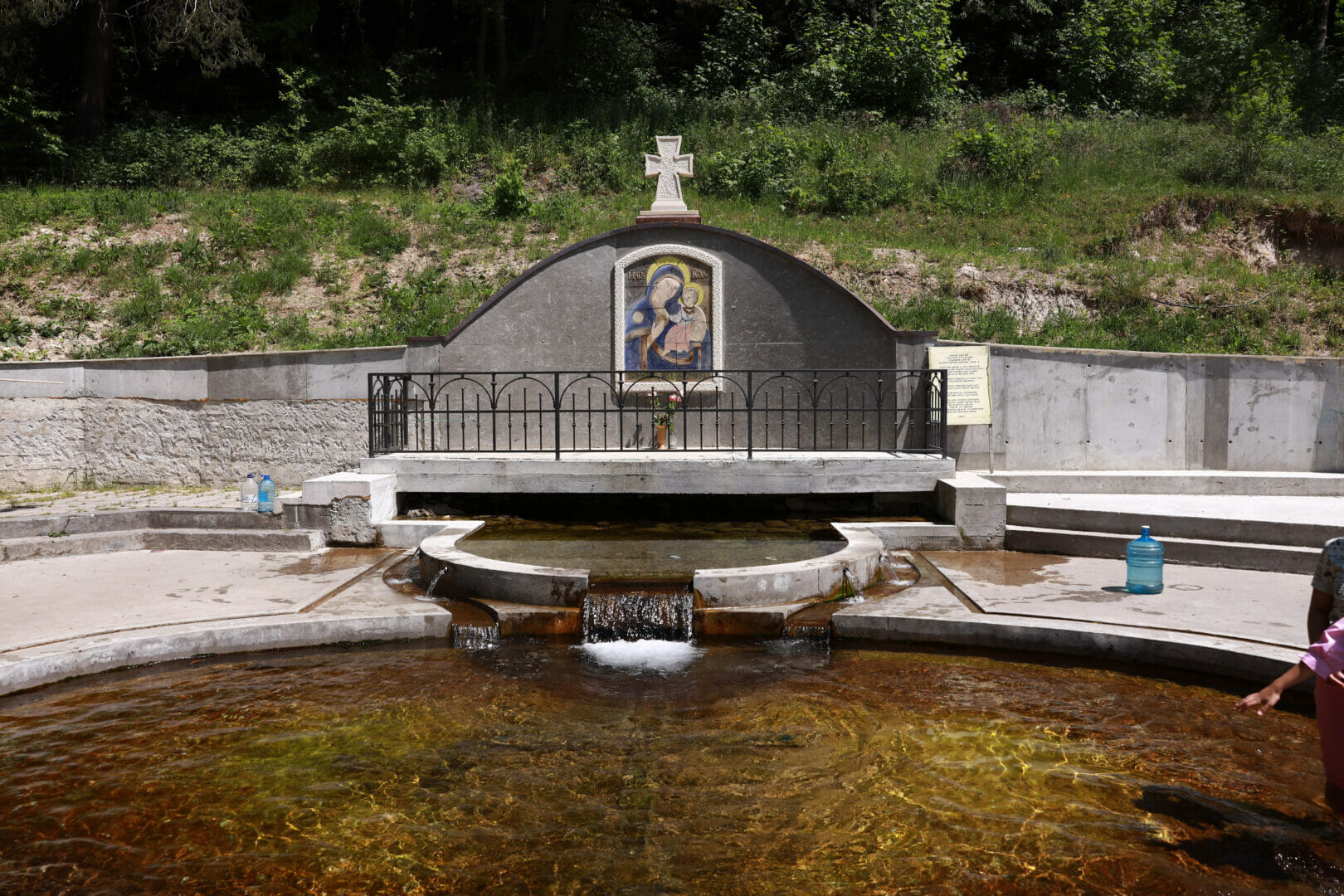
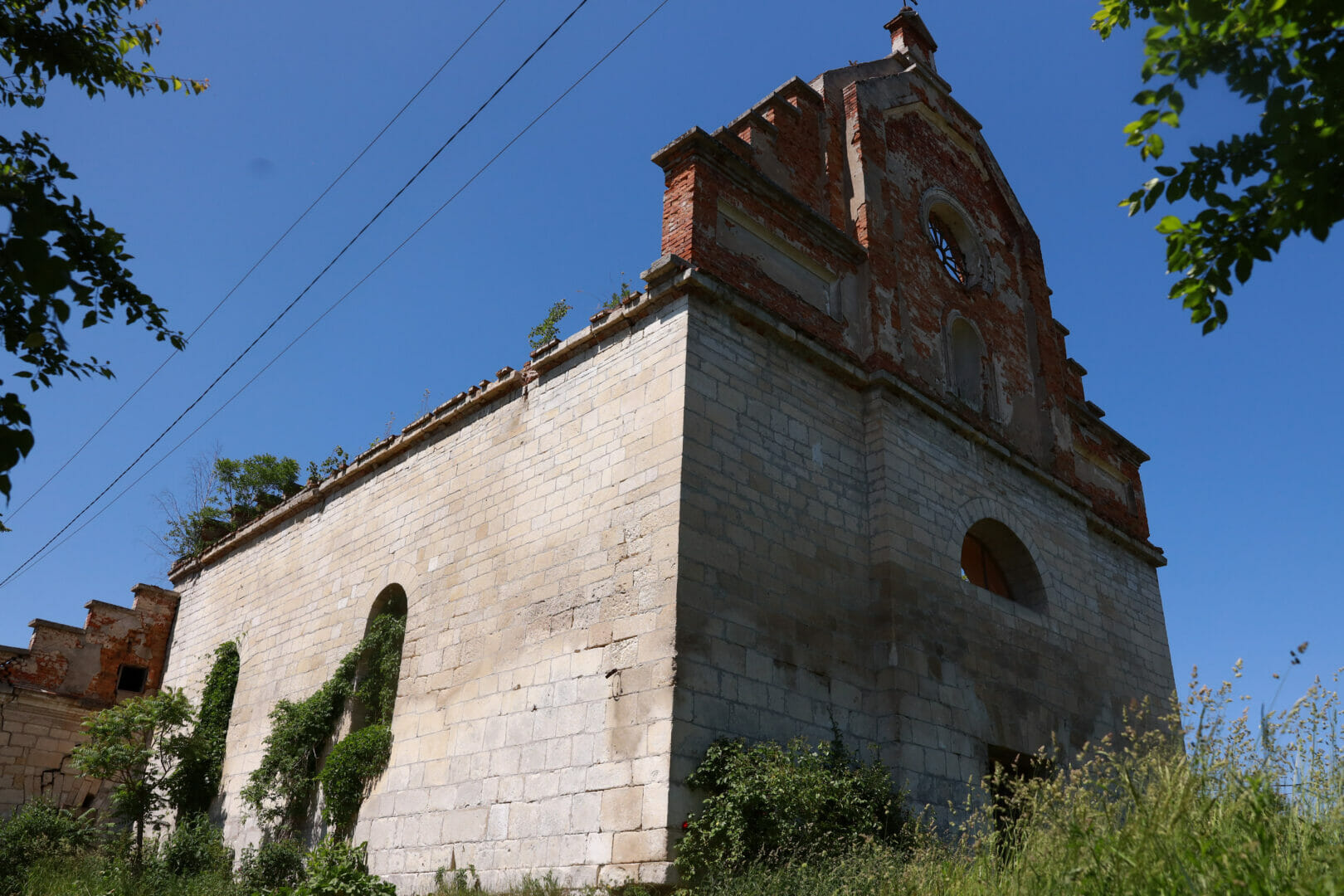

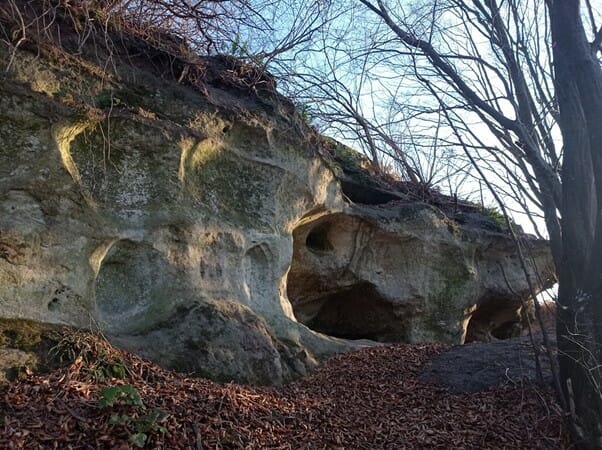
Economy and Welfare
The territory of the rural community is rich in meadows, pastures, oak and hornbeam forests. Its lands are noted for their special fertility. As far as minerals are concerned, the community is rich in sand reserves.

The main enterprises in the territory of the community are engaged in the trade of cars and passenger vehicles, wholesale trade of grain, raw tobacco, seeds and animal feed, production of orthopedic shoes, and confectionery products. There is also a joint Ukrainian-Italian enterprise for the production of confectionery products, cakes and long-storable cakes, as well as the wholesale trade of sugar, chocolate and confectionery products.
Today, there are two preschool educational institutions and 6 schools in the Solonka Territorial Community. They are attended by 957 children, which is 100% education coverage. Children living in remote population centers – 134 pupils – are provided with bus transportation.
The community has a Lyceum, which was founded in 1969 as a secondary school. In 2014, after the death of school graduate Mykola Pankiv in Kyiv during the Revolution of Dignity, the institution was named after him.

Also, a children’s and youth sports school with 157 pupils was opened on the territory of the community in 2018. Departments for such sports as volleyball, table tennis, rowing on kayaks and canoes, archery and athletics work on the basis of the communal institution.
The community has a developed medical infrastructure – 4 medical clinics and 5 paramedic and midwifery centers.
Cultural and educational work in the community is carried out on the basis of 15 people’s houses and 6 educational institutions – holidays, festivals, competitions, other cultural and artistic events related to the celebration of calendar and memorial dates in Ukraine, as well as regional cultural and artistic holidays, are held there.



Community and War
From the first days of the full-scale invasion, the community began supporting internally displaced persons who arrived from the frontline areas of Ukraine. People were accommodated in schools, gymnasiums, they were provided with accommodation, food, sleeping places, showers and toilets.
Soldiers in the combat zone are continuously sent parcels – Packages for Soldiers, whose content changes each time according to the needs of the defenders. These are underwear, military clothing and equipment, hygiene products, food, medicine, various ammunition that is needed for survival in the trenches and on the front line in general.


The community provided cars, SUVs, drones, thermal imaging cameras, reconnaissance and combat quadcopters, FPV drones, and anti-drone complexes to its residents that are in the war zone. They also handed over a vehicle complex on wheels – a unique mobile complex for Ukraine, where soldiers can wash, wash clothes, and cook for themselves. It includes a shower cabin, washing machines, and a kitchen.
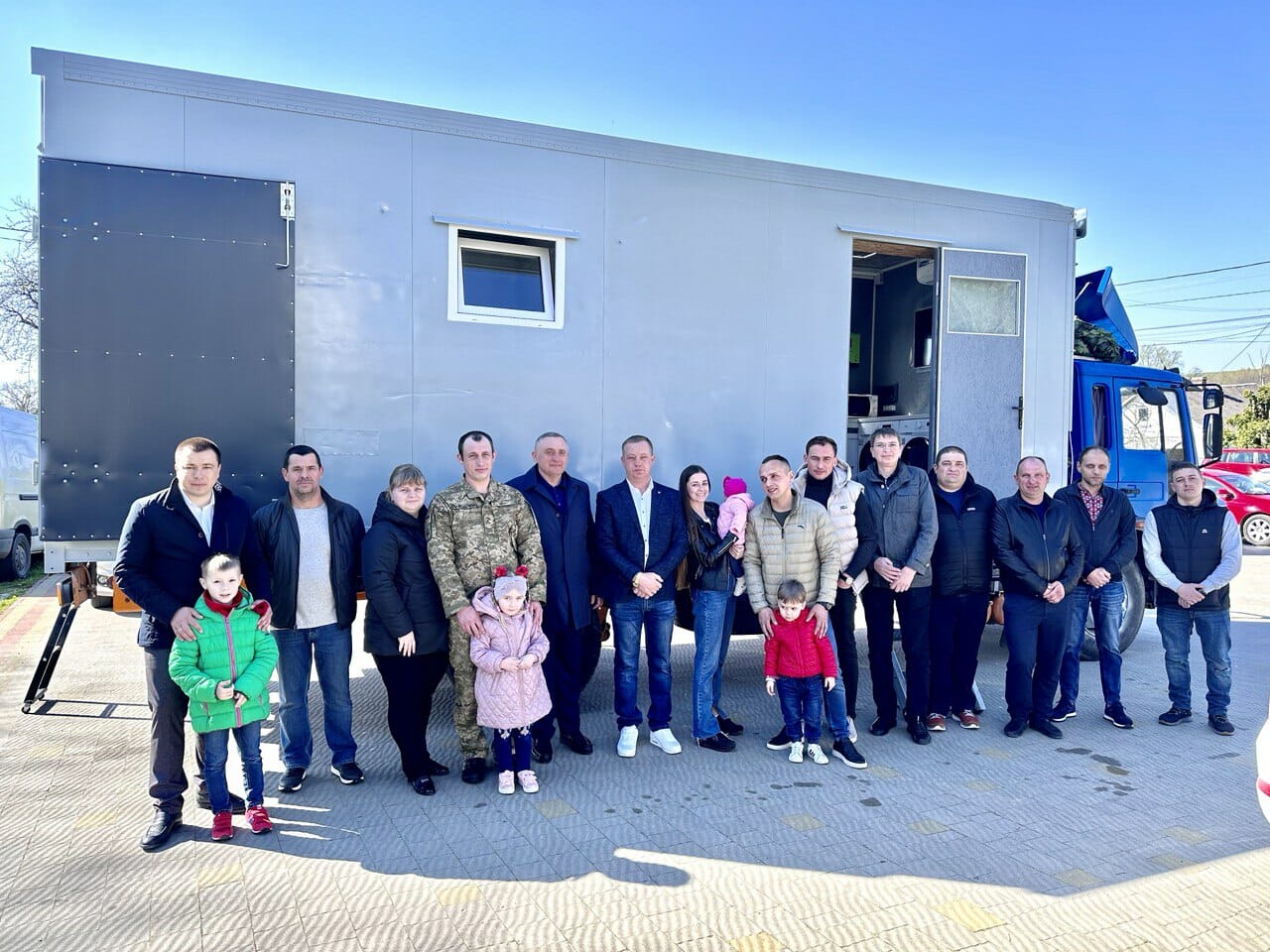
As a result of a massive missile strike in the fall of 2023, four houses in the community were damaged. Two rockets hit the electrical substation, and one was shot down in a residential quarter of the village. Immediately after the destruction, the local authorities promised to compensate the people whose houses were damaged by the blast wave. One of them is uninhabitable. Debris and stones from the eruption destroyed the roof, damaged the foundation and walls of the house, and demolished the fence. Windows, doors and batteries were torn out from the impact.



People of the Community
Bohdan Dubnevych is the head of the Solonka territorial community since 2020. During his administration, a number of projects and initiatives were implemented in the community, which had a positive impact on the lives of its residents.

Overhaul of roads and sidewalks has been carried out in the community. Over the past three years, more than 100 km of roads and sidewalks have been repaired here. This has significantly improved transport accessibility and safety for pedestrians.

A new stadium, a children’s sports complex, a kindergarten and a school were built in the community. This created additional opportunities for the development of youth and children. In addition, a number of social programs were introduced to help low-income families and people with disabilities.
Also, under the leadership of the head of the community, more than UAH 150 million of investments were attracted. This led to the creation of new jobs and the growth of the community’s economy.
During the war, the community continued to work on the implementation of its projects and initiatives. In particular, a new temporary accommodation facility was built in the community for people who were forced to leave their homes due to the war. In addition, the community helps defenders of Ukraine and war victims (“Packages for Soldiers”), as well as provides vehicles and drones. The community organizes events to support the fighting spirit of the defenders of Ukraine and to raise funds.
The full-scale Russian invasion of Ukraine made its adjustments. Behind are wonderful implemented projects and initiatives, new schools and kindergartens, medical facilities and sports facilities, roads and sewers were built. This is the work and achievement of every resident!
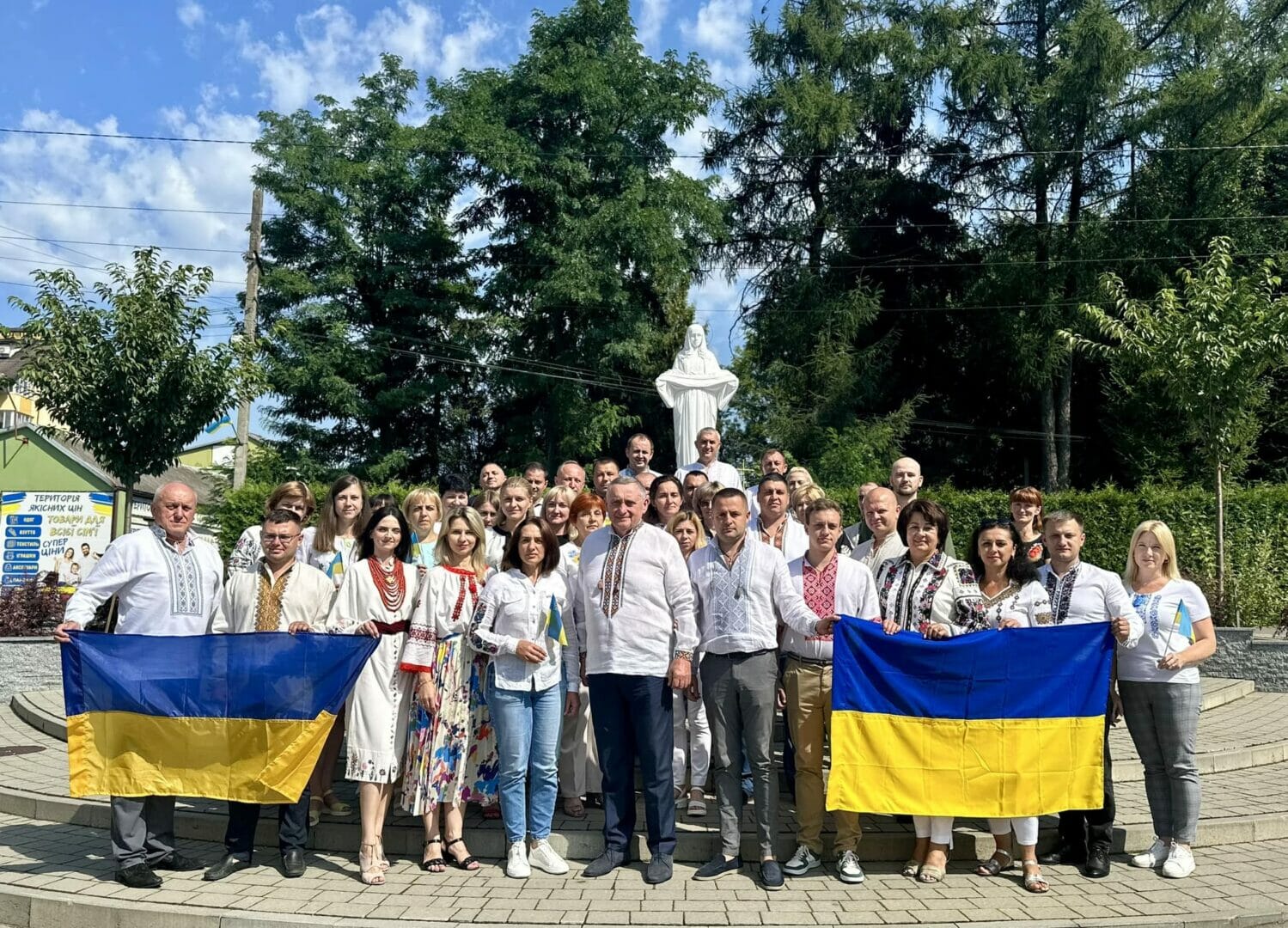
Development Strategy
The development strategy of the Solonka community for the period until 2027 defines the main directions of the community’s development and the goals that must be achieved during this period. The main goal of the Strategy is to create comfortable conditions for the life and development of all residents of the community. To achieve this goal, the following key tasks have been identified:
- Improvement of the ecological situation and beautification of the territory along the Zubra River.
- Construction of a preschool educational institution for 230 seats.
- Construction of modern treatment facilities.
- Reconstruction of the administrative building using energy-saving technologies to bring administrative services closer to residents and business entities in the village of Solonka.
- Overhaul of the administration building using energy-saving technologies in the village of Zhyrivka.
- Improving the quality of life of the population: increasing the level of employment, income, availability of quality social services and housing, ensuring environmental safety.
- Economic development: creation of new jobs, development of small and medium-sized businesses, investment attraction.
- Creation of a competitive environment: development of infrastructure, improvement of the quality of education, culture and sports.
For the implementation of the Strategy, a set of measures has been developed, which will be implemented within the framework of the medium-term plan.
Among the priority areas of development of the Solonka community, the following can be distinguished:
- Reconstruction with completion of educational and sports buildings of the Lyceum building.
- Construction of a school and preschool education institution.
- Creation of cycling infrastructure.

Partner cities:
Tomaszów Lubelski (Poland)
Gródek nad Dunajcem (Poland)
Strasbourg (Germany)
